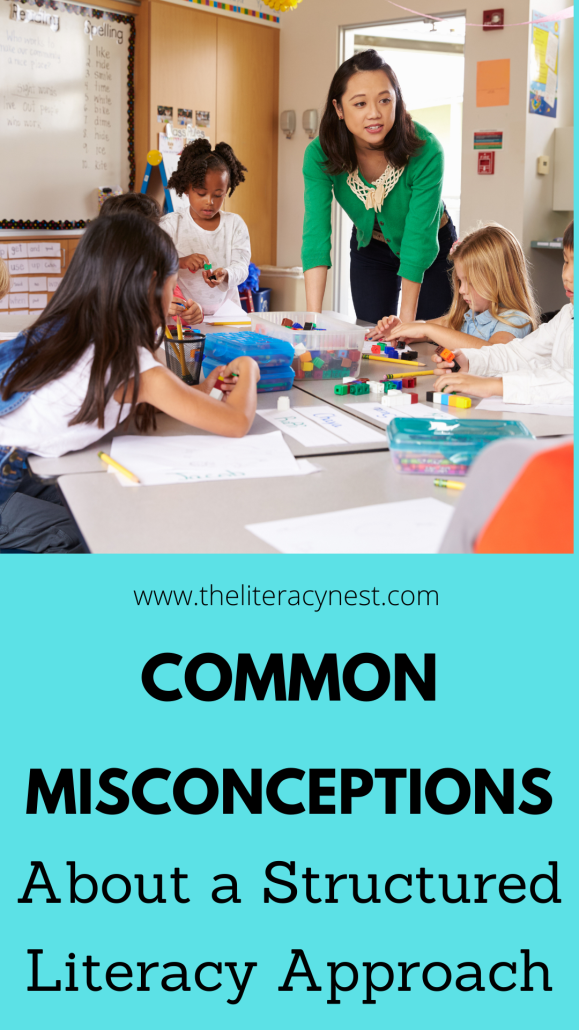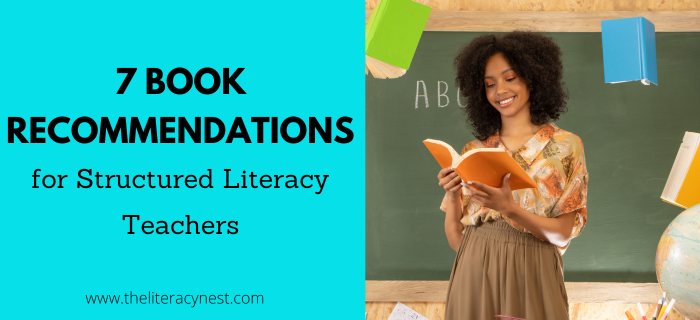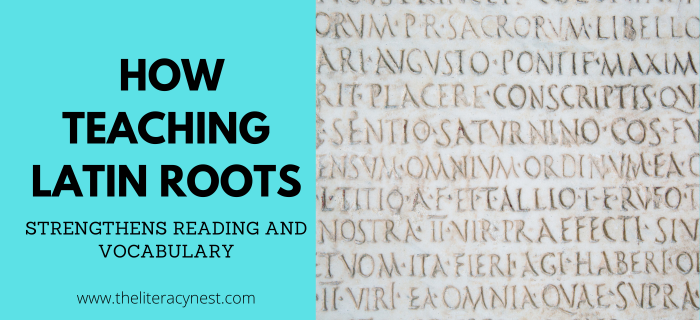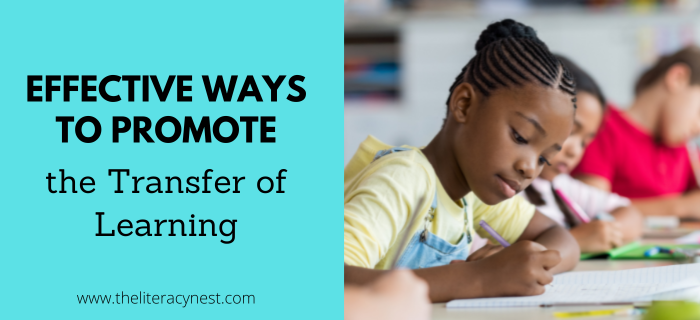Five Misconceptions About A Structured Literacy Approach
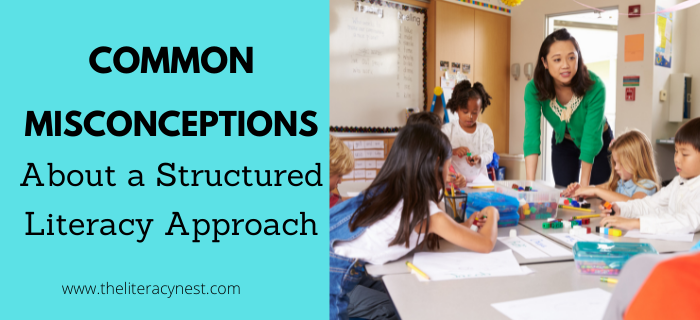
If you are a dyslexia specialist or educational advocates for your students with dyslexia, you may be facing an uphill battle. Trying to encourage structured literacy changes to classroom instruction can sometimes be a challenge/. There is bountiful scientific evidence supporting a structured literacy approach as part of the regular Tier 1 curriculum. However, the misconceptions about the science of reading remains a powerful influencer.
These are some common questions that surround this topic for many educators and school administrators:
- What is Structured Literacy?
- What are some recommended Structured Literacy programs?
According to the I.D.A. (International Dyslexia Association),
Structured Literacy is a comprehensive approach to literacy instruction that research has shown is effective for all students and essential for students with dyslexia.
Structured Literacy instruction addresses all of the foundational elements that are critical for reading comprehension, as outlined in the Simple View of Reading & and the Scarborough Reading Rope model, including both word recognition/decoding and oral language skills.
Structured Literacy is characterized by the provision of systematic, explicit instruction that integrates listening, speaking, reading, and writing. Structured Literacy teaches the structure of language across the speech sound system (phonology), the writing system (orthography), the structure of sentences (syntax), the meaningful parts of words (morphology), the relationships among words (semantics), and the organization of spoken and written discourse.
Common Misconceptions About Structured Literacy
1. “Isn’t Structured Literacy just more phonics?”
This is a pervasive myth because phonics instruction is such an important aspect of Structured Literacy. But it is far more than just phonics. In fact, Structured Literacy addresses all aspects of Scarborough’s reading rope. The word recognition strand comes as no surprise. Structured Literacy explicitly and systematically teaches phonemic awareness, phonics, and sight word recognition. However, it doesn’t stop there.
Structured Literacy also explicitly addresses the language comprehension strand as well. Structured Literacy addresses reading, writing, speaking, and listening. It teaches morphology, orthography, syntax, semantics, vocabulary, written expression, and organization of writing and written materials. It does address comprehension, including higher order comprehension skills.
2. “Isn’t Structured Literacy just for students with Dyslexia?”
Unlike oral language, learning to read is not a natural process. In fact, it is one of the most complex things our brains must learn to do. Nancy Young’s ladder of reading and writing is an excellent way of visualizing who Structured Literacy supports. While some students will learn to read despite our actions, for the vast majority, structured literacy and the explicit sequential teaching it provides is essential to success. In fact, research supports that even strong readers are helped by a structured literacy approach and certainly not harmed. If more than half of your students NEED Structured Literacy to learn to read, it stands to reason that it would be the rule, rather than the exception.
3. “There has to be one packaged program that we can all follow in order to implement a structured literacy model in our classrooms.”
This myth is grounded in a real problem. It’s the lack of training for pre-service teachers and ongoing professional development for veteran educators about the science of reading. In fact, what is needed is not a packaged program. Educators need training and resources to utilize a structured literacy approach in the classroom.
When used as a Tier 1 program, it makes sense to have a consistent scope and sequence for the sake of continuity and seamless communication. But this is no different from how many school districts already do things. The difference is the focus of the scope and sequence is scientifically based and the instruction is explicit and grounded in research.
4. “Structured Lit advocates don’t value the importance of real literature.”
Nothing could be further from the truth. Structured Literacy advocates want to create enthusiastic and proficient readers. To accomplish that goal, teachers used decodable text at the early levels. This is so that students can apply their decoding strategies effectively. Good literature remains an important part of literacy instruction. It is used frequently for reading aloud, modeling composition strategies, applying more complex comprehension strategies and to introduce and build oral vocabulary.
Structured literacy advocates highly recommend “ear reading.” This is so your students can enjoy and be exposed to age-appropriate literature regardless of their decoding abilities. As your students gain the necessary decoding skills, many of them like to revisit the books they first grew to love through audio books and reread them on their own.
Your students will be excited by their success and eventually in the stories they are able to fully enjoy because they have gained the decoding skills to read them. More than once, an advanced student has begged to restructure the lesson because we left off at a particularly juicy part of the story. That’s what reading instruction is all about. Creating readers!
5. “A Structured Literacy approach is all direct instruction. My students will be bored.”
Structured literacy when done well is far from boring. It is fascinating. There are numerous opportunities to take a deep dive into the history and etymology of our language to understand why the quirks of English are the way they are. There is explicit instruction because that is what is supported by research, but there is also opportunity for curiosity, discovery, and application. Your students can reinforce learning in a variety of fun ways and engaging all the senses is far more engaging than simply a lecture.
The myths about Structured Literacy stem from a lack of understanding about what a Structured Literacy model really looks like and what it entails. Changing the way we train teachers at the university level is critical. Teachers who want to become more knowledgeable about the science of reading and how to implement it in their classroom are a key aspect to drive forward momentum.
As we seek more knowledge, we can help spread truths about Structured Literacy and with it, the effective instructional practices that will have lifelong success. If your school is ready for change, “A Structured Literacy Approach: How to Help Your School With Making The Transition” will give you ideas to get started.

Have you listened and subscribed to the Together In Literacy Podcast? Casey and I discuss Structured Literacy, dyslexia and how it links to social-emotional learning. Be sure to subscribe!
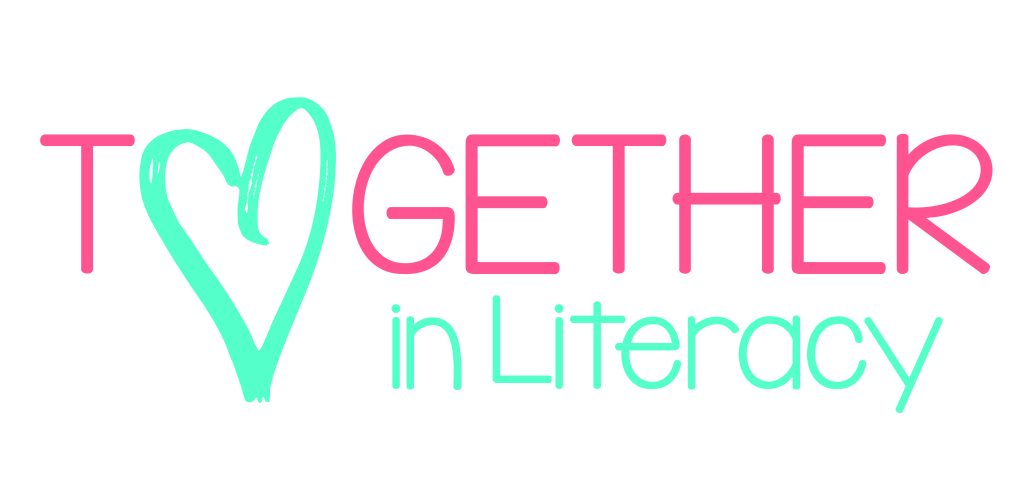
Thank you so much for stopping by today!

